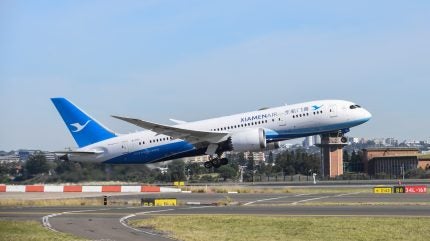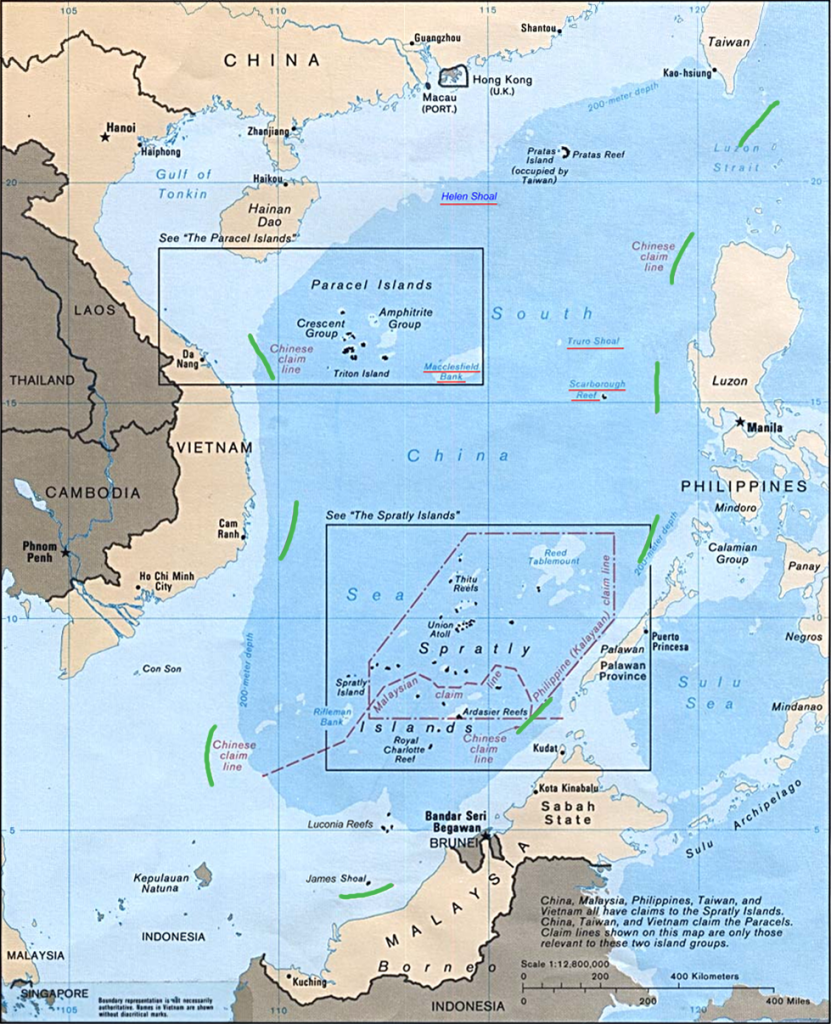
Taiwan’s government has condemned China’s decision to open two new flight routes to the coastal cities of Xiamen and Fuzhou as a threat to Taiwanese independence.
The new flight paths connect to the M503 flight route which runs just west of the ‘sensitive median line’ dividing China from Taiwan, and will operate alongside existing flights to the islands of Kinmen and Matsu – both under Taiwanese jurisdiction.
Taipei said it would demand any aircraft using these routes turn around, Reuters reported.
Xiamen lies just 10km from the Kinmen Islands, while Fuzhou is less than 100km from the northerly Matsu Islands.
Both islands run regular flights to Taipei and Taiwan’s mainland.
The Civil Aviation Administration of China (CAAC) said the routes are part of efforts to “continuously optimise” domestic flights from west to east.

US Tariffs are shifting - will you react or anticipate?
Don’t let policy changes catch you off guard. Stay proactive with real-time data and expert analysis.
By GlobalDataBeijing first announced a modification to the M503 flight route in January but had not until now named the date: 16 May, four days before Taiwan’s pro-independence President-elect Lai Ching-te gains office.
A battle of sovereign line-drawing
Beijing has long made territorial claims over democratically-governed Taiwan and the surrounding South China Sea.
President Biden has previously said US forces would defend Taiwan in the event of a Chinese invasion, despite Washington claiming it “does not have diplomatic relations with Taiwan”.
In recent weeks, Chinese vessels have aggressively used military-grade lasers, water cannons, and collision and ramming tactics on Filipino ships in the South China Sea.
Manila has repeatedly summoned Beijing’s envoy, while Biden and Philippine President Ferdinand Marcos Jr. met at the White House last Thursday (11 April) to discuss maritime security.

Beijing’s new routes to Xiamen (called W123) and Fuzhou (W122) threaten the ‘sensitive median line’ in the Taiwan Strait, Taipei said.
Also known as the ‘Davis Line’, this serves as a cartographic buffer between China and Taiwan, separated by a mere 130km of water.
Chinese aircraft, civil and military, have repeatedly violated the median line in recent months, including nine PLA Air Force warplanes in February.
Beijing views the South China Sea as part of its territory, encased within the infamous ‘nine-dash line’ it uses on all maps, prints on government releases and even emblazons on Chinese passports.
Last August, the Philippines, Taiwan, Vietnam and Malaysia rejected a map released by China with the nine-dash line denoting its claims over Taiwan and the South China Sea, through which more than $3m of trade is shipped each year.
Beijing also received criticism for its 2023 standard map, which extended these claims to a ‘ten-dash line’, the tenth dash marked just east of Taiwan.
Flight routes are a subtle method of legitimising territorial claims.
Despite Beijing quietly changing these flight paths amid headline-grabbing conflict across the Middle East and Ukraine, the US, Taiwan and other involved nations in the Indo-Pacific region will be on high alert for any further Chinese encroachments.



